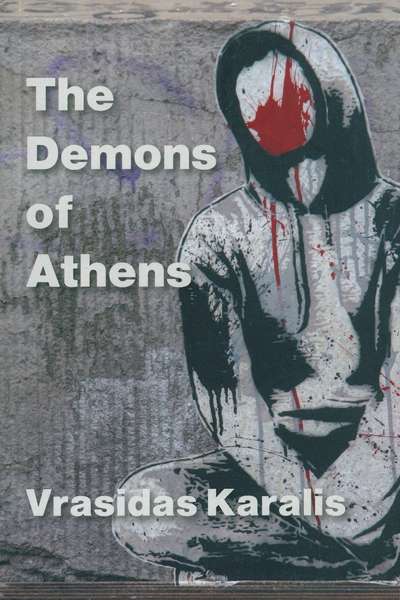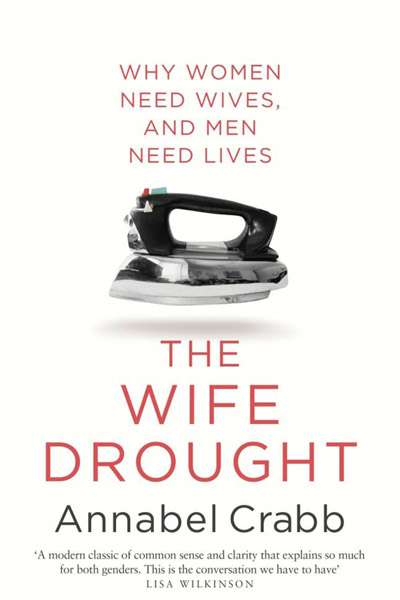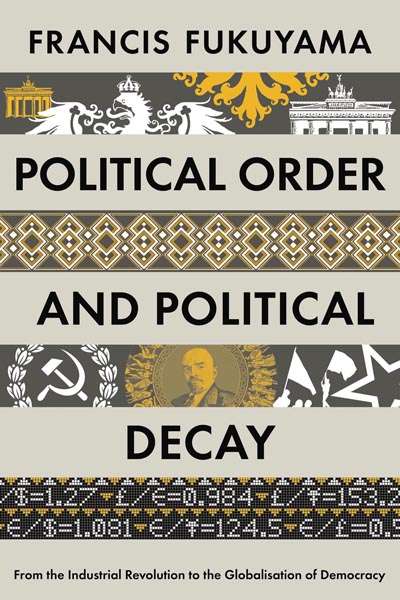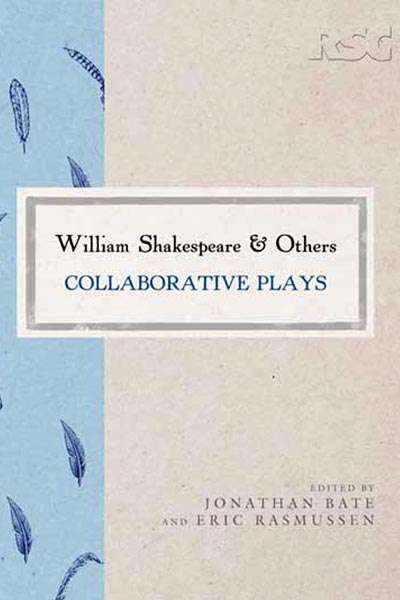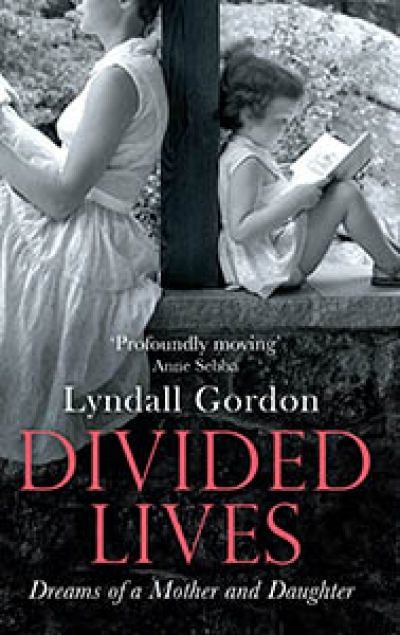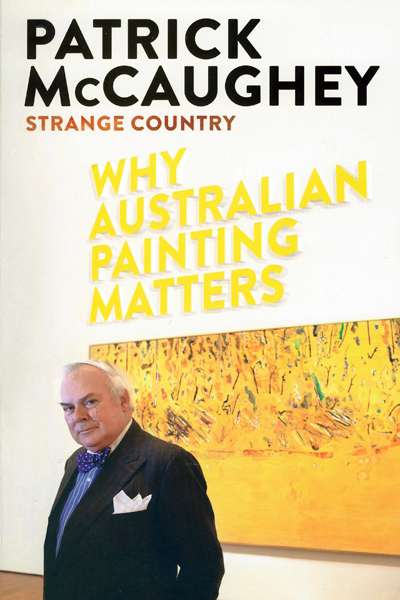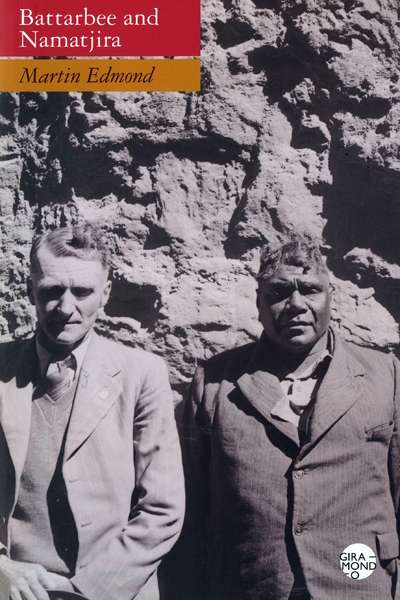Non Fiction
Sing, O muse, of the rage of the daemons, soulless sons of Hellenes, that have brought countless ills upon the Greeks. Sing, O Vrasidas Karalis of your descent into the Greek inferno and of the quarrels that have plagued our citizens. Sing, O brave soul, sing your reports from the Great Devastation.
Forgive my classicist sentimentality. How else to begin a r ...
Once, when it was the beginning of the dry but no one could have known it yet, Dad drove us west – out past ‘Jesus Saves’ signs nailed to box trees, past unmarked massacre sites and slumping woolsheds, past meatworks and red-bricked citrus factories with smashed windows, and past one-servo towns with faded ads for soft drinks no one makes anymore – until we reached a cotton farm.
We stood on the old floodplain listening to the manager in his American cap, a battery of pumps and pipes behind him, boasting how much water these engines could lift once the river reached a certain height. To the left, an open channel cut through laser-levelled fields to the horizon.
... (read more)Dick Hamer: The liberal Liberal by Tim Colebatch
Rupert (‘Dick’) Hamer proved to be one of Australia’s most innovative premiers. One sign of his unusual prestige is that this history of his life and times has perhaps been publicly praised more by Labor leaders than by his own Liberal colleagues.
Hamer’s family background was in the church, law, business, and politics. His paternal grandfather was the minister of the wealthy Independent Church (now called St Michael’s) on Collins Street, where he was distinguished for his highbrow sermons and the astonishingly high salary he received. Hamer was born in 1916 and was formally christened Rupert after a relative who had died at Gallipoli the previous year. He was a studious boarder at Geelong Grammar, eventually winning first class honours in three languages – Latin, French, and Ancient Greek. A school friend described him as never ‘fussed or flustered’. Those qualities remained with him. He could come home to suburban Canterbury after a turbulent week in parliament and sleep like a rock, then dig happily in the garden next morning.
... (read more)The Wife Drought: Why women need wives, and men need lives by Annabel Crabb
Why is it that women with supportive partners are still thought of as lucky, as if they have won a lottery? In the winter of 2012, Annabel Crabb ran into Tanya Plibersek, who had raised three children over the course of a successful parliamentary career with the help of her husband, a senior state bureaucrat. When Crabb commented on how fortunate they were to have helpful spouses, Plibersek replied, with characteristic dry wit, that she sincerely hoped they would be the last generation who needed to feel lucky about that.
... (read more)Political Order and Political Decay: From the Industrial Revolution to the Globalisation of Democracy by Francis Fukuyama
Forget the cliché about a week being a long time in politics. Two decades in this super-speed, globalised age is more than enough time, it seems, for even the ‘best’ political system to go pear-shaped.
A growing number of books in recent times have focused on the current travails of Western-style liberal democracy. Its litany of dysfunctions includes corrosive money politics, policy gridlock, and growing citizen uninterest. But it is Francis Fukuyama’s new book that best symbolises the current Zeitgeist of dashed hopes concerning the resilience of the West’s political system.
... (read more)William Shakespeare and Others: Collaborative Plays edited by Jonathan Bate and Eric Rasmussen
Shakespeare was commonly regarded by his Romantic admirers as a solitary figure, whose prodigious talents were linked in some mysterious fashion to his isolation from society and from his fellow writers. ‘Shakespeare,’ wrote Coleridge in 1834, ‘is of no age – nor, I might add, of any religion, or party, or profession. The body and substance of his works came out of the unfathomable substance of his own oceanic mind.’ Carlyle thought likewise; Shakespeare, he believed, dwelt ‘apart, in a kind of royal solitude; none equal, none second’ to his creative powers.
... (read more)Two thirds of the way into Lyndall Gordon’s part memoir, part maternal biography, there is an episode of profound risk to the self. At the age of twenty-four, having recently moved from Cape Town to New York, Gordon is being treated for post-partum depression. This is 1966. Electro-convulsive therapy seems not to have helped, and her psychiatrist is urging longer-term treatment in an asylum in order to turn her – so it seems to Gordon – into the self-sacrificing wife and mother her own mother had wished her to be. Her husband, who has hitherto supported Dr Kay, makes a sudden turn. ‘Do something with your life … I’ve always thought you could write biography.’
... (read more)Strange Country: Why Australian painting matters by Patrick McCaughey
The cover assembles the book’s title and author’s name (writ very large) with a photograph of him, in an art gallery, before a wide yellow landscape by Fred Williams. Turning to the viewer, Patrick McCaughey is about to launch into a story that will satisfy the curiosity teased by the name of the book, Strange Country: Why Australian Painting Matters.
... (read more)There was something of the alchemist in Albert Namatjira. Using the most liquescent of media, he created impressions of the driest terrain. Painting in watercolour involves the fluid dispersal of pigment. Yet in Namatjira we find colours distilled in such a way that each landscape glows with a quiet intensity. This evocation of light reveals the influence of Rex Battarbee, who, long before he began to tutor his famous protégé, voiced dissatisfaction with ‘traditional methods’. He developed a painting technique of his own, specifically designed to ‘achieve luminosity’. Like many an inventor, he was cautious about sharing his discovery, in part because he believed that artists should develop on their own terms. But Namatjira was so keen an observer of his then master that he would have realised if Battarbee had withheld information. So Rex decided to teach him everything he knew, both for the sake of Namatjira, whom he clearly adored, and more generally and altruistically ‘for the sake of the Aborigines’.
... (read more)Hell-Bent: Australia’s leap into the Great War by Douglas Newton
Reading about the ‘khaki election’ of 1914 in Douglas Newton’s Hell-Bent evokes a sense of déjà vu in 2014, as Australia embarks on another war in the Middle East. During the campaign of 1914, Prime Minister Joseph Cook and Labor leader Andrew Fisher jostled to prove their loyalty to Britain and their enthusiasm for the impending war. Fisher’s efforts to match and outdo the conservative leader for patriotism bring to mind Opposition Leader Bill Shorten’s willingness to support the government’s military engagement in Syria and Iraq, and its amendments to national security laws. Plus ça change …
... (read more)

